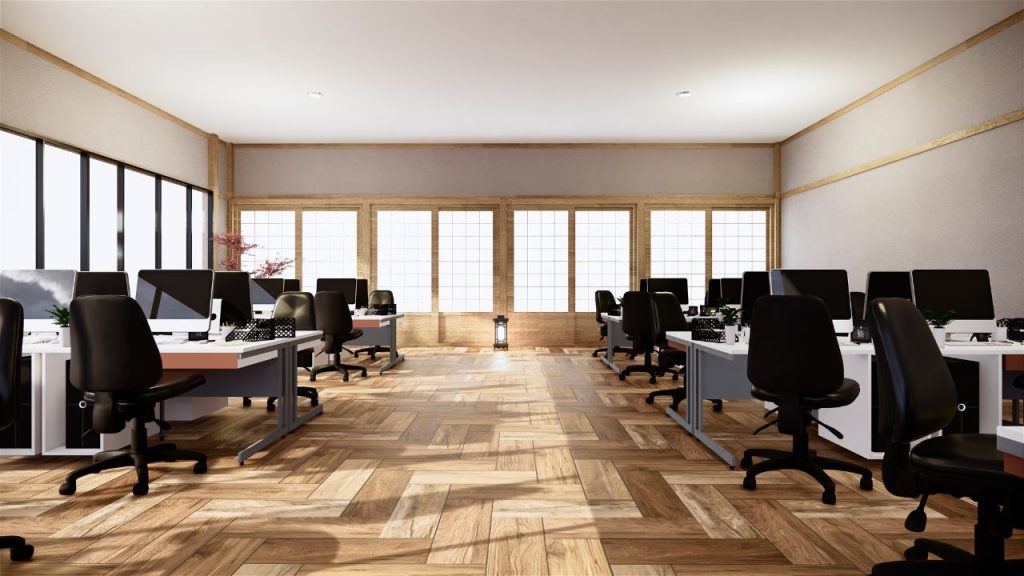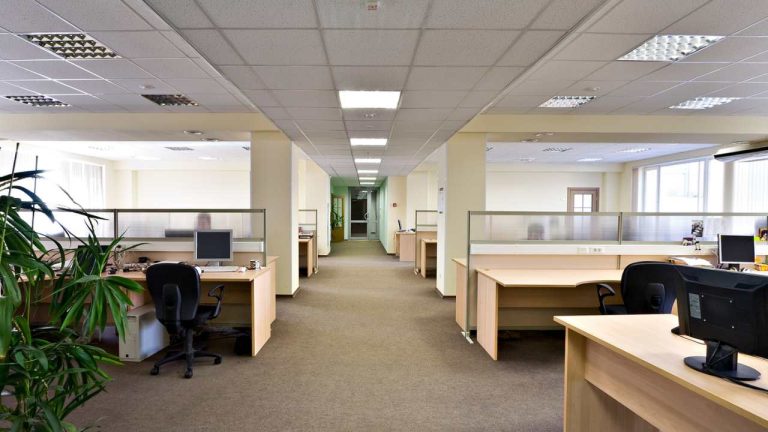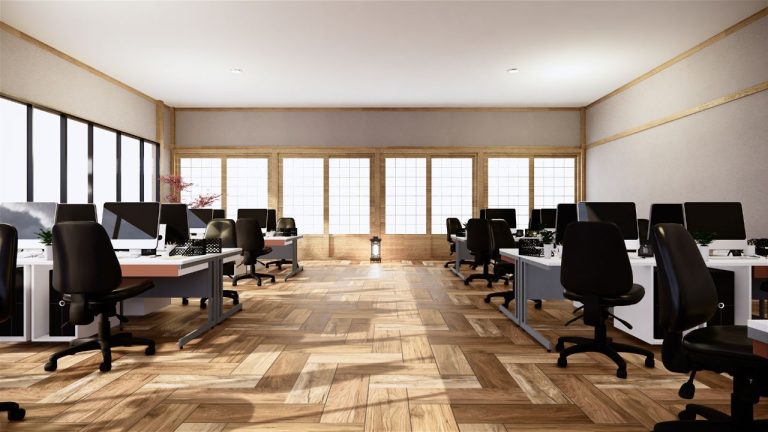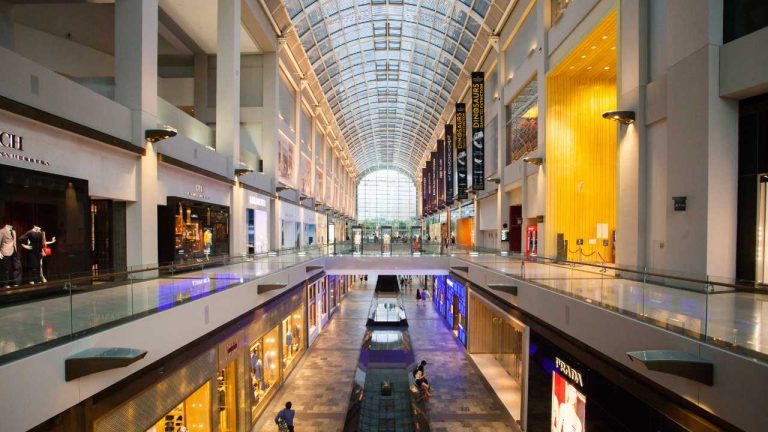Tips for Taking Enquiry to Lease Commercial or Retail Property
When you work as a commercial or retail leasing agent, it is important that you effectively and professionally take potential tenants’ enquiries. This will allow you to optimize the property enquiry and refer the tenants to the most appropriate and necessary listing.
You may have a number of properties on your books to accommodate a single enquiry. Think outside the square when it comes to taking property enquiries.
When taking any leasing enquiry, you must have a system to capture all the necessary information and direct the conversation professionally with the potential tenant. Without this process, you will make errors and overlook some key facts as you take the enquiry.

Time and Experience Show Benefits of a Leasing Checklist
It takes many years of experience in the industry to ask the right questions without any form of a checklist. To make life a lot easier for you as a specialist leasing agent, develop your checklist as soon as possible. The checklists should be relevant to your location, and the property type.
Here are some ideas to help you build your leasing enquiry checklist.
- Name and contact detail of the person should be one of the first questions that you ask. If the person is reluctant to give you information, you should also be similarly reluctant to pass out information. Protect your exclusive listings throughout the enquiry processing activity. You will sometimes find that competing agents will telephone you as a prospective tenant simply to get property information.
- Email address and mobile telephone number are key factors when it comes to taking the leasing enquiry. All of this information, together with the tenant’s property needs and requirements, will be entered into your database.
- The type of property needed will be unique and diverse. This then says that the database that you use to capture the enquiry should have suitable flexibility to record the property type and all the other factors of occupancy that the tenant requires.
- The size of the required premises will usually be based on the levels of rental that the tenant can afford. You will need to identify their rental budget, however, there will also be some balance between the size of the property and the type of business when considering rental. You will need to find that sensible balance between rental budget affordability, and the property size requirement. For this very reason, many tenants have been referred to other property locations and listings so that they can afford the rental given the type and size of the property in question.
- The location will have some priority for the tenant. The choice of location may have something to do with transport, customers, raw materials, or end market. Find out the priorities, and make the right choices. Show the tenant some alternatives when it comes to location.
- Services and amenities will vary from property type to property type, location to location, and the age of the property. Age and property refurbishment will have an impact on the services and amenities in some properties. Older properties will have particular challenges when it comes to services and amenities.
- Car parking is one of the most sensitive and high-priority requirements of tenant occupancy and leasing today. Parking on the street is no longer an option when it comes to running a business. Tenant staff levels and the tenant’s customers will require adequate car parking in a secure environment. Ask questions about the levels of staff together with the requirements of customers when it comes to parking for the business. Make special allowances for an expansion that could be required over time.
- Length of the lease will be important to some businesses as they establish in a new location. They may also require a lease option for a further term of occupancy. These factors will have some impact on the choice of property given the investment plans of the relative landlord and property owner. Longer leases and lease options may not be attractive to a landlord given their property investment plans.
- The tenant may be coming to you from a previous business location. Ask questions about their earlier occupancy and what they are looking for today when it comes to new premises. What is their reason for moving? What can they tell you about their previous premises that will be relevant to the new property enquiry?
- Rental budget and rental-type should be discussed with the tenant. There is no point in taking them to inspect something they cannot afford. There are differences between gross and net rentals when it comes to property leasing. Some landlords will have made particular choices here, so the tenants will need to be matched to the requirements of the landlord when it comes to rental.
- Incentives may be available when it comes to leasing certain properties. Those factors should have been identified with the landlords in each case. That will give you some negotiation flexibility when it comes to the property inspection with qualified tenants.
- Understand where the enquiry comes from in terms of media and marketing source. Some of your marketing efforts will work better than others, so get to know what is happening and what works in getting the property message out to the target audience.

Other agents may already be working with the tenant today on other properties inspected or advertised. Ask the question as early as possible about any other agents that may be helping them currently, so that you are not wasting your time with the tenant enquiry. You can also establish tenant retention plans with the properties you are involved with.







